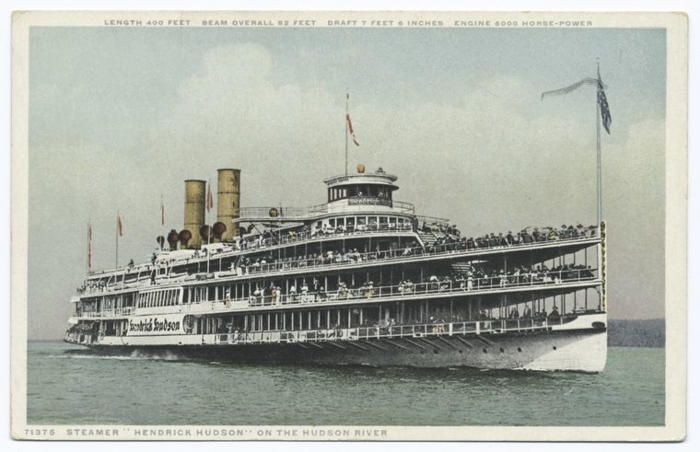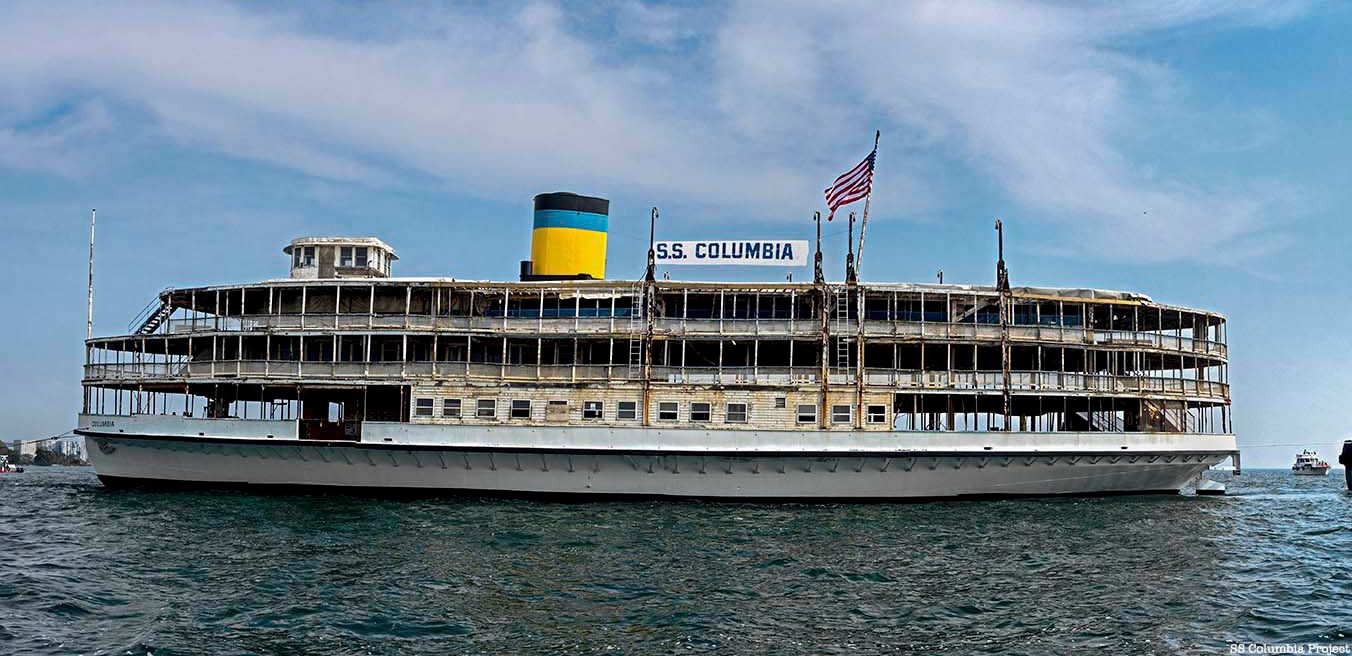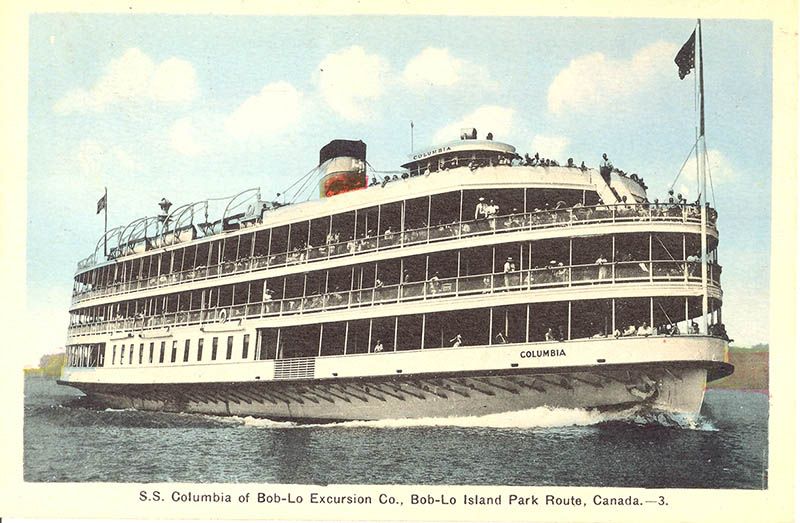The Berkshires Bowling Alley that Inspired "The Big Lebowski"
It’s been 36 years since the release of The Big Lebowski, the irreverent cult comedy by Joel and Ethan


The SS Columbia Project aims to bring America’s oldest surviving steam-powered passenger boat to New York, the birthplace of the steamboat. When Robert Fulton’s first steamboat launched on August 17, 1807, it revolutionized the way New Yorkers, and the rest of the nation, navigated our waterways. Though the SS Columbia is from Detroit, the vessel commemorates the great legacy of historic Hudson River steamboats, that started with Fulton’s first ship.
Before the advent of steamboats, river travel was dependent on favorable weather conditions. In the early 19th century, Robert Livingston, a wealthy New York lawyer, politician and diplomat, teamed up with entrepreneur Robert Fulton to change that. Fulton’s flat-bottomed boat design employed a side-wheel paddle propelled by an innovative steam engine. The new powerful engine allowed the boat to propel itself forward, regardless of the wind or current.

Detractors called the boat “Fulton’s Folly,” but those who scoffed were proven wrong after the North River (the boat’s official name) made a successful thirty-hour journey from New York City to Albany. The boat is widely known as the Clermont for Livingston’s Hudson Valley estate. The 150-mile trip cost passengers $7. While the boat only traveled at five miles per hour, it was much faster and more comfortable than the horse-powered ferry boats that preceded it.
Fulton and Livingston’s success led to the proliferation of steamboats on both the Hudson and East Rivers. From 1826 to 1840, the number of Hudson River steamboats in operation increased from just sixteen to near one hundred. Competition between the abundant ferry lines was fierce. At ferry docks, runners, much like carnival barkers and newsboys, would extoll the amenities and safety of whatever ferry line they represented to attract passengers. One notable competitor was Cornelius Vanderbilt. Vanderbilt started making crossings over the Hudson in a sailboat before switching over to steam power.
When steamboats were first introduced, they were used primarily for passenger travel rather than the less lucrative transportation of goods. Steam-powered ferries carried passengers up and across the Hudson faster and for less money than any vessel could before. Until the railroad came along. With trains along the Hudson shoreline running faster and more frequently than any passenger boat, steamers became less utilitarian and more leisurely.

To serve the new market of rail riders, passenger steamers transformed into “floating palaces.” These extravagant ships whisked New Yorkers from the city up into the natural beauty of the Hudson Valley region and the Catskills, for day trips and getaways. Steamers such as the Hendrick Hudson created for the Hudson River Day Line, often boasted fanciful amenities such as grand dining rooms and saloons outfitted with hardwood furnishings. Some steamers had barbershops, and one even had a darkroom where passengers could develop their photographs! Aboard the Hudson you could find a band-stand where live music was played by an orchestra, private drawing rooms furnished in popular styles like French-Empire, electric lights, and of course an observation deck, large windows and a glass viewing dome where you could take in the stunning scenery from the Palisades to the Hudson Highlands.

Some steamboat lines, like the Hudson River Day Line, remained in operation until the mid-20th century. The last Hudson Day Line steamer was in operation until the 1970s. Though NYC Ferries no longer run on steam, they remain an important service for New Yorkers and new routes are still being added to better connect the metropolitan area. Sailing in the Hudson also remains a popular leisure activity and is one of the best ways to see the city.
Like the luxurious Hudson River steamboats that ferried New Yorkers to vacations upstate, the SS Columbia brought the pleasure-seekers of Detroit to a beloved summer destination. From 1902 until 1991 Columbia shuttled passengers from the city to an amusement park on Canada’s Bois Blanc Island (known to most as BobLo Island). At the end of the 90-minute journey, passengers arrived at Detroit’s own version of Coney Island.

The Columbia is currently docked at Silo City in Buffalo, New York with the goal of being brought down to the Hudson Valley to serve as a floating cultural center and a reminder of the Hudson’s steamboat history.
Next, check out Schooner Apollonia Brings Cargo by Sail to NYC and Learn About Sarah Elizabeth Ray, the Rosa Parks of the SS Columbia
Subscribe to our newsletter